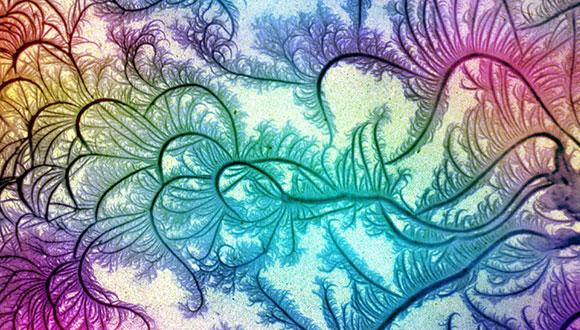Condensed Matter Physics Seminar: A Trajectory's Tale
Yasmine Meroz, Harvard University
Abstract:
Dynamics of biological systems are inherently stochastic from the level of protein fluctuations, to cellular transport, and all the way to sensorimotor responses of whole organisms. In many cases the observed stochastic dynamics exhibit exotic properties such as memory, correlations and non-Gaussian propagators, which cannot be explained simply due to thermal noise, pointing at complex underlying physics. I present an approach seeded in the statistical physics analysis of stochastic trajectories [1], to relate such observed complex characteristics to minimal models of the underlying physics.
I utilise this framework to investigate the high-dimensional subdiffusive dynamics of protein fluctuations, characterising the structure of the rough energy landscape and revealing the coexistence of distinct origins of subdiffusion [2]. The multiple analogies between protein dynamics and glassy systems hint that this approach may also shed light on the latter.
I then use a similar approach to tackle information processing mechanisms in biological systems, where I analyse the response trajectories of cell chemotaxis to known stimuli [3]. I present a minimal model which represents stochastic processing via a memory kernel, and predicts a coupling between the fast membrane polarization (sensing), and the slow cytoskeletal polarization (movement). The model successfully recovers experimental observations including directional memory.
References
[1] Y. Meroz, I.M. Sokolov (2015) A toolbox for determining subdiffusive mechanisms, Physics Reports, 573(6), 1-29
[2] Y. Meroz, V. Ovchinnikov, M. Karplus (in preparation) Coexisting Origins of Anomalous Dynamics in Proteins
[3] H.V. Prentice-Mott*, Y. Meroz*, A. Carlson, M.A. Levine, M.W. Davidson, D. Irmia, G. Charras, L. Mahadevan, J.V. Shah (2015) [* equal contribution] Directional memory arises from long-lived cytoskeletal asymmetries in polarized chemotactic cells. PNAS, in press.
Seminar Organizer: Prof. Sasha Gerber


